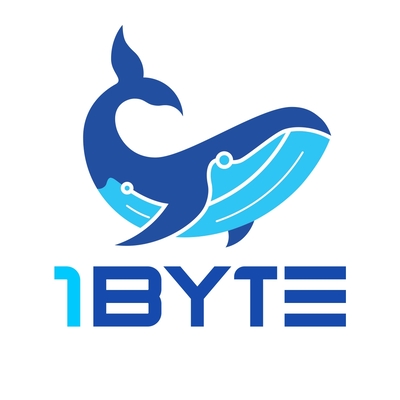Web Application Framework: A Comprehensive Guide
In the ever-evolving landscape of web development, efficiency and scalability are paramount. Enter web application frameworks, powerful tools that provide a structured foundation for building robust and dynamic web applications. This guide delves into the world of web application frameworks, exploring their significance, functionalities, and popular choices available to developers.
What is a Web Application Framework?
A web application framework is a software framework that simplifies the process of developing and maintaining web applications. It provides a set of pre-written components, libraries, and guidelines that streamline common web development tasks, ultimately boosting productivity and code maintainability. Think of it as a blueprint or skeleton for your web application, providing a structured approach to building complex functionalities.
Why Use a Web Application Framework?
Leveraging a web application framework offers numerous advantages, including:
- Increased Efficiency: Frameworks automate repetitive tasks, allowing developers to focus on core application logic.
- Improved Code Maintainability: Frameworks promote code organization and reusability, making it easier to maintain and scale applications over time.
- Enhanced Security: Many frameworks come with built-in security features, mitigating common vulnerabilities.
- Faster Development Cycles: Pre-built components and libraries significantly accelerate development, enabling faster time-to-market.
Key Components of a Web Application Framework
Most web application frameworks share core components, including:
- Routing: Handles URL mapping, directing user requests to appropriate functions within the application.
- Templating Engine: Enables dynamic content generation by separating presentation logic from business logic.
- Database Abstraction Layer: Simplifies database interactions, providing a consistent API for different database systems.
- Security Features: Offers mechanisms for authentication, authorization, and input validation to enhance application security.
Popular Web Application Frameworks
The choice of framework depends on project requirements, team expertise, and desired functionalities. Some widely adopted web application frameworks include:
- Ruby on Rails: Known for its elegant syntax and convention-over-configuration approach, making it a popular choice for rapid web development.
- Django (Python): A robust and scalable framework emphasizing code readability and reusability, ideal for complex web applications.
- Express.js (Node.js): A minimalist and flexible framework popular for building APIs and real-time applications.
- Laravel (PHP): An expressive framework known for its elegant syntax and developer-friendly features.
- Angular (TypeScript): A powerful front-end framework for building dynamic single-page applications.
- React (JavaScript): A popular library for building interactive user interfaces and components.
Choosing the Right Framework
Selecting the most suitable web application framework requires careful consideration of factors such as:
- Project Requirements: Consider the complexity of the application, scalability needs, and desired features.
- Team Expertise: Choose a framework aligned with the team's existing skillset or one that offers a manageable learning curve.
- Community Support: A strong community ensures readily available resources, documentation, and support.
- Performance: Evaluate the framework's performance benchmarks and its ability to handle the expected workload.
















